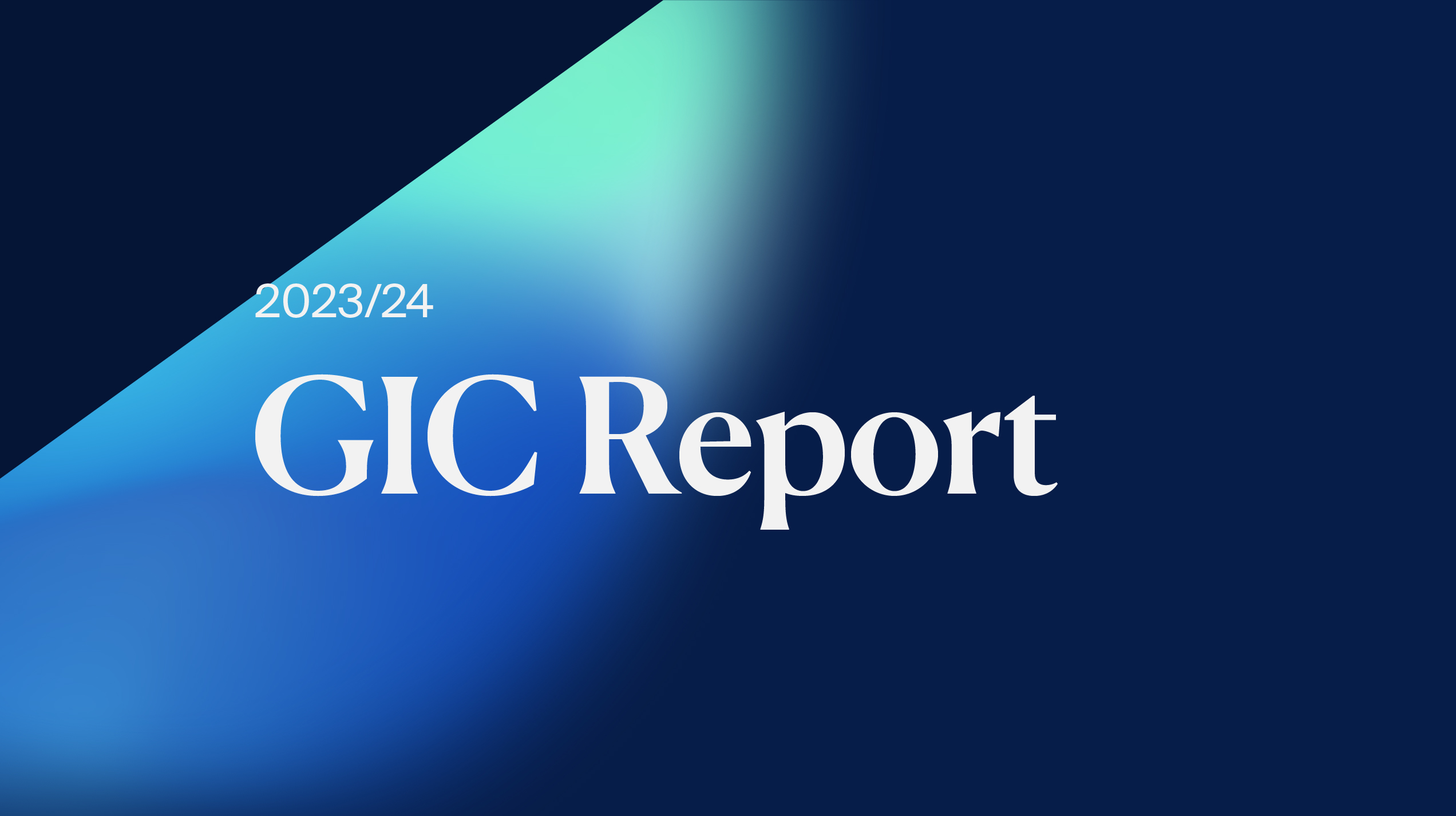This article was first published in a Financial Times special report titled “Singapore and the World”.
A global footprint
The broad reach of just a few of the recent investments by Singapore’s GIC – in Greenko Energy Holdings, an Indian renewable energy company; Terminal Investment Limited, a global container terminal group; Checkout.com, a global mobile payment solutions provider; Shanghai’s tallest twin office tower development project; citizenM, a Netherlands-based hotel real estate developer and operator; Vietcombank, Vietnam’s largest bank by market cap — reflects its international outlook and diversity of approaches.
And that global footprint shows how far Singapore has come over the past two centuries following its strategic location gained the attention of Britain’s East India Company. In 1819, Sir Thomas Stamford Bingley Raffles signed a treaty with local rulers allowing him to set up a trading post, paving the way for its future as an entrepot.
Today’s Singapore is a vibrant international finance centre that serves as a business gateway to both China and South-East Asia, while GIC who has the mandate to invest, protect and grow Singapore’s foreign reserves, has grown to become one of the largest institutional investors worldwide.
The GIC is a professional fund management company that manages the Singapore government’s foreign assets. The Monetary Authority of Singapore (MAS), GIC and Temasek, an investment company, jointly manage Singapore’s reserves. GIC was tasked to invest the reserves in a globally diversified portfolio of asset classes to deliver good long-term returns. The scale of GIC’s investments are a reflection of Singapore’s foreign reserves, which are the third highest in the world as a percentage of GDP and on a per capita basis. The figures are all the more remarkable when you consider Singapore’s length of time as an independent nation – 54 years – and its population – 5.6 million.
Singapore’s reserves management history
In a speech at the National Asset-Liability Management Europe Conference in March 2019, Mr Ravi Menon, managing director of MAS, said Singapore’s reserves serve three objectives aimed at stabilising the Singapore economy. “They serve as a buffer against crisis; provide a stream of investment income; and, maintain confidence in Singapore’s exchange rate centred monetary policy,” said Mr Menon.
The imperative to hold a buffer against crisis is rooted in Singapore’s geography and history. Singapore is a city state smaller than Greater London. “It has no natural resources and imports most of its food, including water,” said Mr Menon. “When it became independent in 1965, it had no hinterland, hardly any industrial base and meagre financial reserves”. “It depended mostly on entrepot trade and was not expected to survive, let alone succeed,” he said.
“An acute sense of vulnerability has been part of Singapore’s DNA since its birth,” said Mr Menon. “This sense of vulnerability, in turn, underpinned two convictions: first, that the world does not owe Singapore a living; and second, Singapore must build up strong buffers so that it can withstand the shocks that come with being so small and open to the world.” Since independence, the Government has kept watch over the reserves. An instance was in the mid-1960s when Singapore was part of the “sterling area” a group of former British possessions that had largely kept its foreign reserves in pounds. Britain had emerged from World War II financially exhausted. By the 1960s there was a sense that Britain was living beyond its means and that it would soon be forced to devalue its currency. A devaluation of the pound would mean substantial foreign exchange losses for Singapore.
The Singapore Government began reducing its sterling holdings from about 90 percent to just 50 percent by November 1967, when Britain devalued the pound. Singapore was still the fifth largest holder of the currency after Australia, Hong Kong, Kuwait and Malaysia. Britain was nevertheless alarmed at this apparent lack of confidence in the pound. Singapore argued that it was ultimately in Britain’s interest to have a Singapore that was financially independent. It was also noted that, like Hong Kong, Singapore’s position as a financial and trading centre required it to maintain a high level of reserves.
Dr Goh Keng Swee, re-appointed finance minister in August 1967, engaged in a pointed exchange with Roy Jenkins, then Britain’s chancellor of the exchequer. Mr Jenkins had expressed his “regret that [Singapore] did not take [the UK] into their confidence” when diversifying out of Sterling.
A key distinction – monetary and non-monetary reserves
Dr Goh responded by making a distinction between “monetary reserves”, to be used to back the note issue, and “non-monetary reserves”, which consisted mainly of the government’s fiscal surpluses. Those “non-monetary reserves” were what had been converted into non-sterling currencies (80 percent U.S. dollars at the time). Singapore, he noted, had already sustained losses of about US$157 million as a result of the pound’s devaluation.
That distinction foresaw the differentiation that later led to the creation of GIC, 14 years later: that Singapore’s reserves can be thought of as two pools – one, what would be required to manage the Singapore dollar exchange rate (“monetary reserves”), and the other, what could be invested long term (“non-monetary reserves”).
Subsequently through the 1970s, Singapore ran persistent fiscal and balance of payments surpluses and had an elevated private savings rate. This led to a substantial accumulation of foreign reserves, well in excess of what was required for central banking operations. It was Dr Goh who then proposed an organisation dedicated to manage part of the Government’s assets for higher returns without the constraints faced by central banks as they had to prioritise liquidity over returns.
Thus GIC was established in 1981 as the fund management company for the Singapore Government. It was the world’s first sovereign wealth fund to be established by a non-commodity-based economy.
“GIC has preserved and enhanced the purchasing power of Singapore’s reserves, outpacing global inflation by a comfortable margin,” Singapore’s late former prime minister Lee Kuan Yew told a dinner celebrating GIC’s 30th anniversary in 2011. “GIC has grown to become a widely respected investment manager in the industry, known for scale, prudence, competence and integrity.”
For more detail on Singapore’s history of reserves management, please click here for the GIC History E-Book.







